The Italian Pavilion reflects on resilient communities through radical rethinking in the face of climate change
The Italian Pavilion curated by Alessandro Melis explores the themes around ‘Resilient Communities’ in response to the threat of climate change and current pandemic crisis. It reflects on the Italian communities and their ability to adapt and positively combat modern day social and environmental pressures.
The Italian Pavilion is deeply rooted in the belief that climate change is one of the biggest challenges that we need to respond to. Building sector, globally, is responsible for 40% of CO emission worldwide, thus the architecture community needs to have a reasonability to collectively make a contribution.
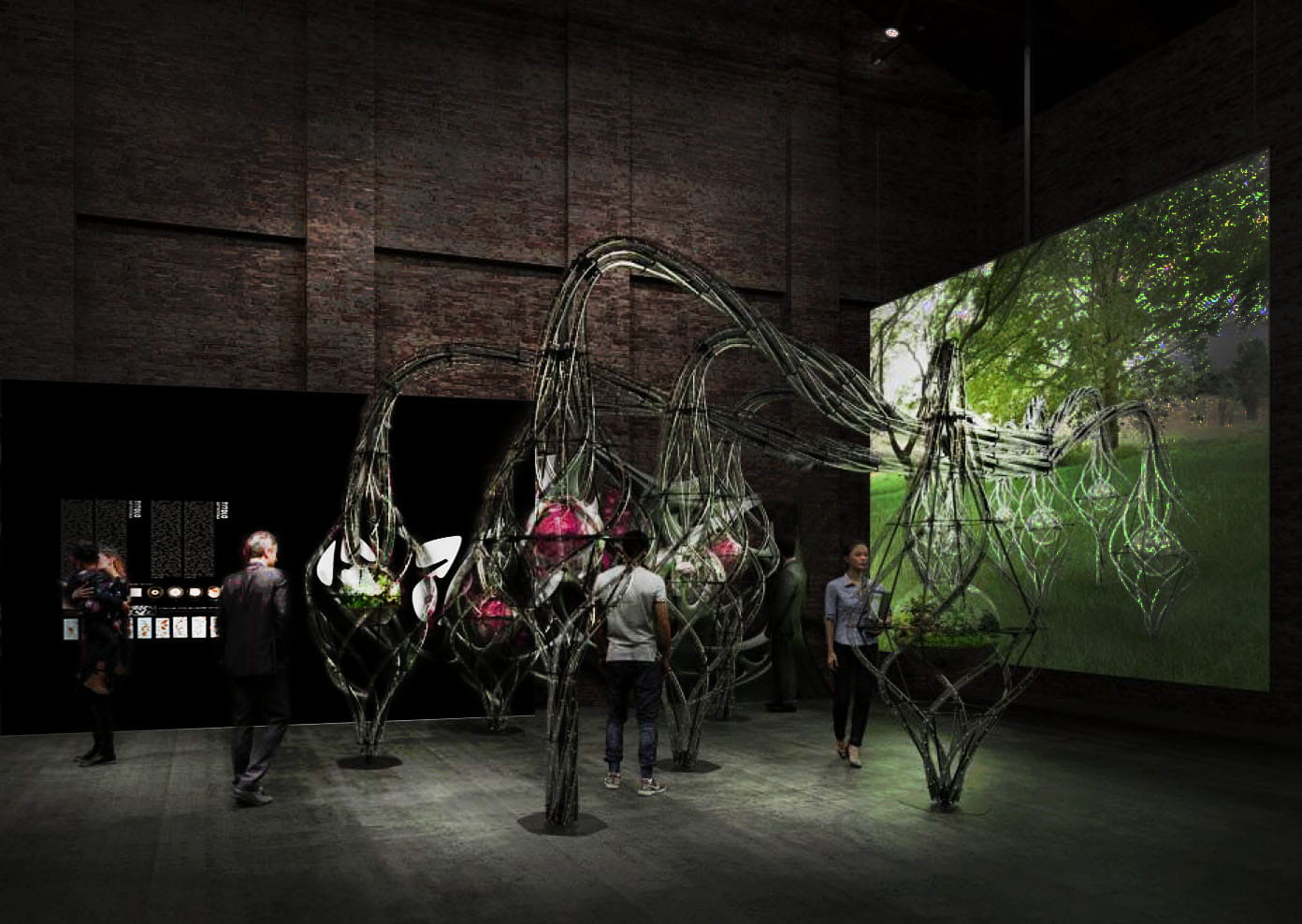
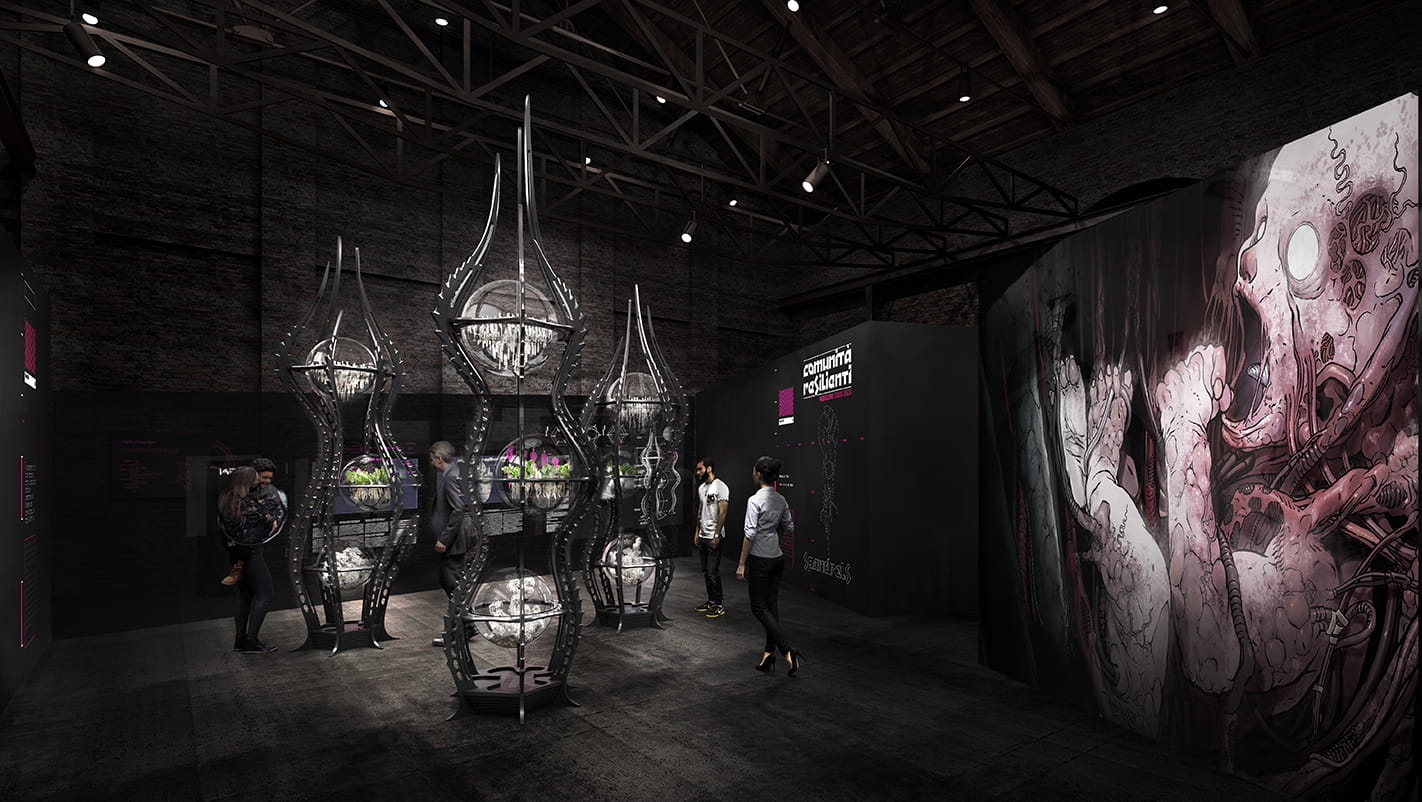

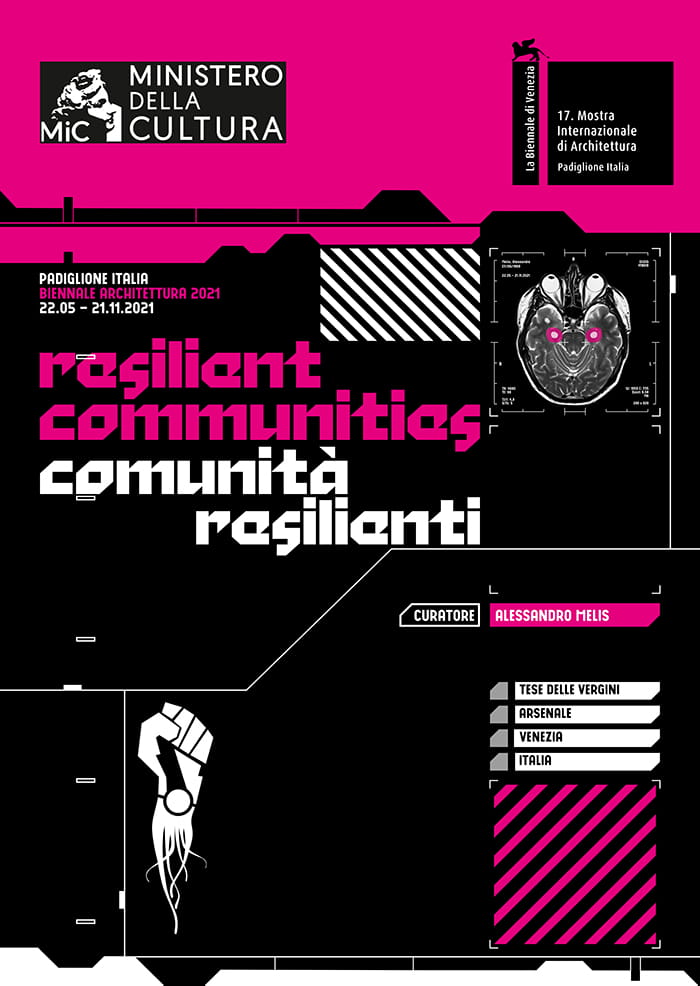
In recent years, climate change has severally affected Italian agricultural system and the production of high-quality food. The aim of the exhibit is to explore what resilient communities are and how they operate. Addressing this theme through various typologies and methodologies, the main agenda is to explore new resilience mechanism of communities to derive new forms of interaction between urban space and productive territories.
“The Italian Pavilion will itself be a resilient community, consisting of 14 ‘sub-communities’ understood as operating workshops, research centres or case studies in accordance with two essential lines: a reflection on the state of the art in the matter of urban resilience in Italy and the world through the showing of works by eminent Italian architects, and a focus on methodologies, innovation, and research with interdisciplinary experiments straddling the ground between architecture, botany, agronomy, biology, art, and medicine,” comments the curator, Alessandro Melis.
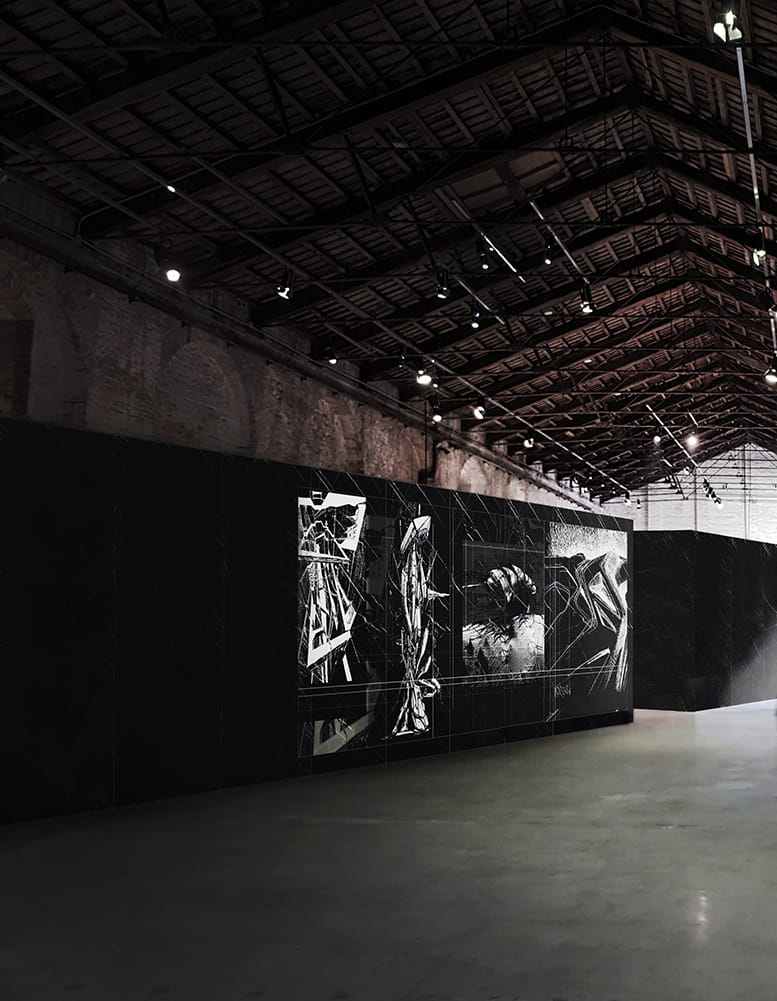
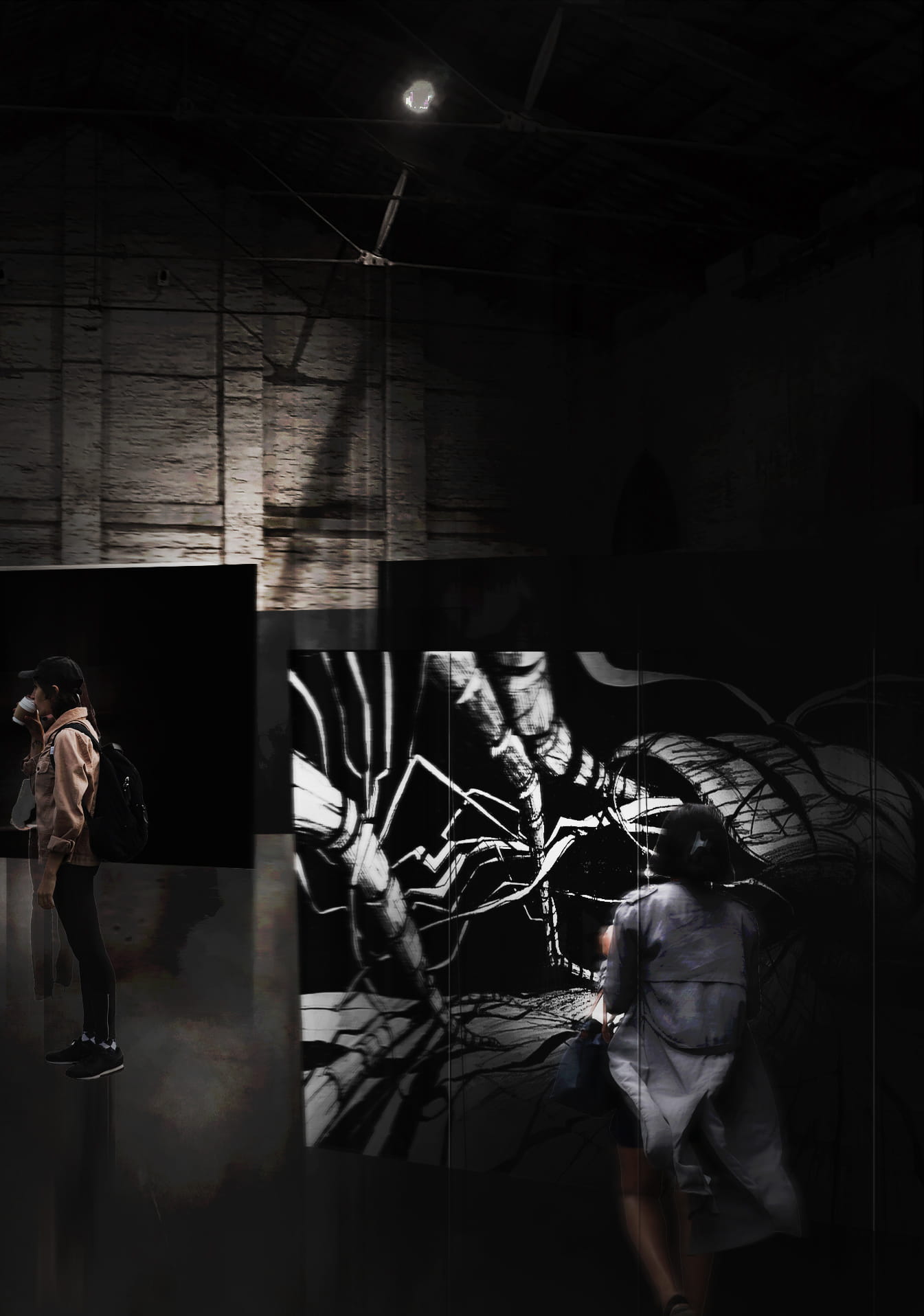

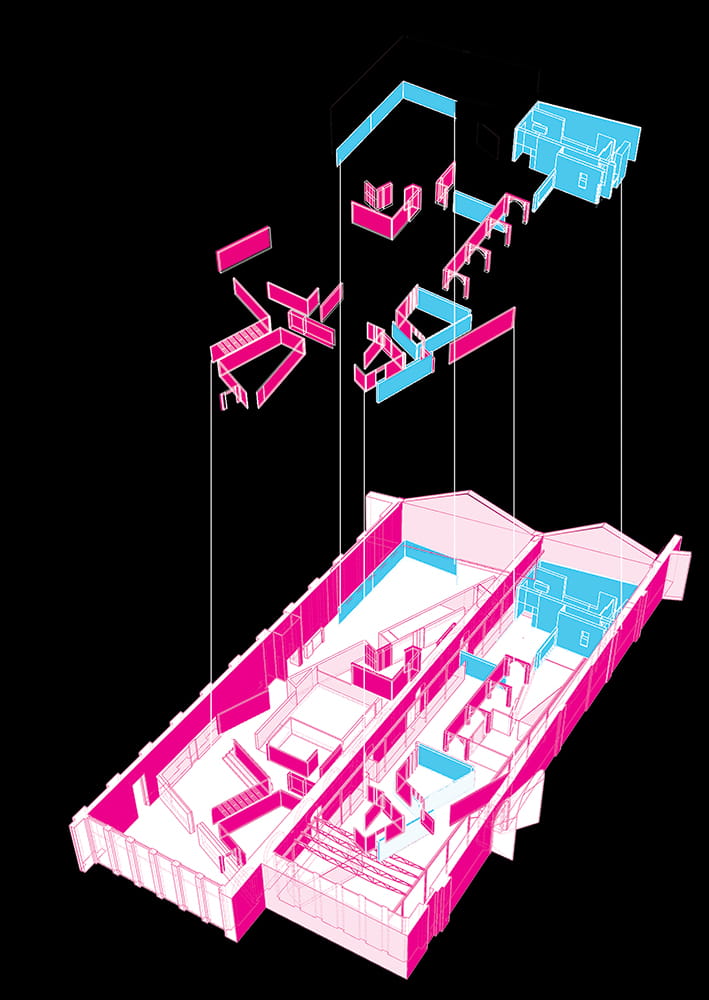
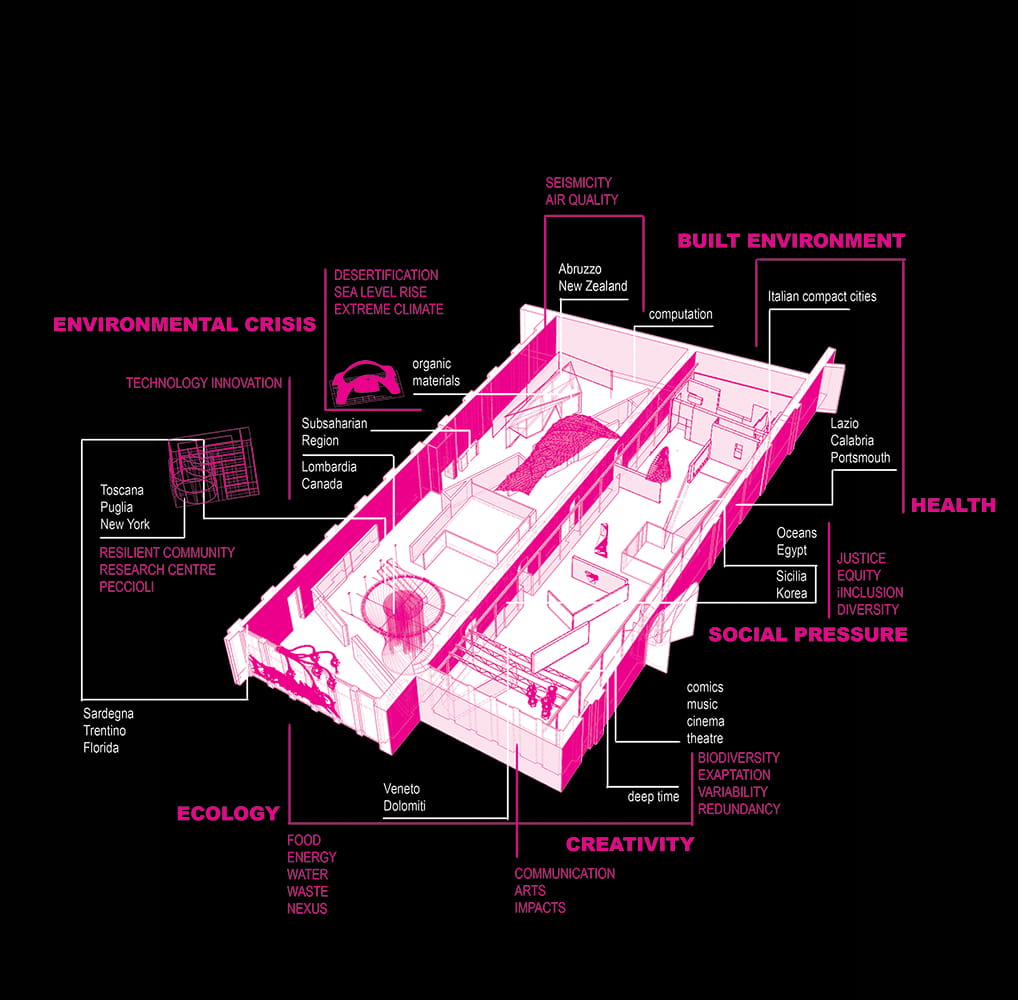
He continues, “The Italian Pavilion will promote architectural exaptation as a manifestation of diversity, variability, and redundancy, challenging deterministic aesthetic homogeneity in favour of the diversity of creative structures. Like the human brain and genome, the pavilion will be a jungle inhabited by strange creatures, in which to listen to the background noise that is already deafening, requires an adequate response, by resorting to new knowledge paradigms.”
The pavilion will be carbon neutral and to achieve this goal, removal and integration of the materials by Milovan Farronato (Biennale Arte 2019) and the permanent relocation of all the existing components and the recycling and reuse of materials have been arranged. This way the exhibition, while promoting resiliency, becomes a living workshop to explore the life cycle of building components using the principle of resilience. The exhibit also uses zero-CO2 recycled paper and to compensate for the resulting carbon emissions from other activities, considerate amount of trees will be planted to balance the CO emissions.
Exhibition Sections
Concept Architectural Exaptation: Alessandro Melis, Telmo Pievani
Architectural exaptation: Alessandro Melis, Benedetta Medas, Paola Corrias, Alice Maccanti
Dolomiti Care: Gianluca D'Inca Levis
Decolonising the built environment: RebelArchitette, Alessandro Melis
DESING(ING): from the spoon to the city: Paolo Di Nardo, Francesca Tosi
Architecture as caregiver: Antonino Di Raimo, Maria Perbellini
Global South: Paola Ruotolo
University: Resilience Agencies: Maurizio Carta, Paolo Di Nardo
Storia di un minuto: Alessandro Gaiani, Emilia Giorgi, Guido Incerti
Italian Best Practice Gian Luigi Melis, Margherita Baldocchi, Benedetta Medas
Laboratorio Peccioli: Ilaria Fruzzetti, Nico Panizzi, Laura Luperi
Tacit Ecology: Ingrid Paoletti
Resilience, landscape and art: Annacaterina Piras, Emanuele Montibeller With: Giacomo Bianchi, Laura Tomaselli
Giardino delle Vergini: Dario Pedrabissi
Industrial and Creative Arts – cross-over section: Benedetta Medas, Monica Battistoni, Dana Hamdan, J. Antonio Lara-Hernandez
DataFrame: Guido Robazza, Filippo Lovato, Gustavo Romanillos With: Aina Barcelo, Dana Hamdan, Copernicus images: IUSS Pavia – CIRTA Research Centre, Andrea Taramelli, Emiliana Valentini, Margherita Righini, Laura Piedelobo, Emma Schiavon, Clara Armaroli
Mapping Resilient Communities: Luisa Bravo with: Roberta Franceschinelli, Fondazione Unipolis, Simone D'Antonio, ANCI – National point URBACT Italy in collaboration with City Space Architecture and UN-Habitat, the program on human settlements of the United Nations
Installation Design: Heliopolis 21
SUBSCRIBE TO OUR NEWSLETTER



IMAGE GALLERY
SHARE ARTICLE
COMMENTS